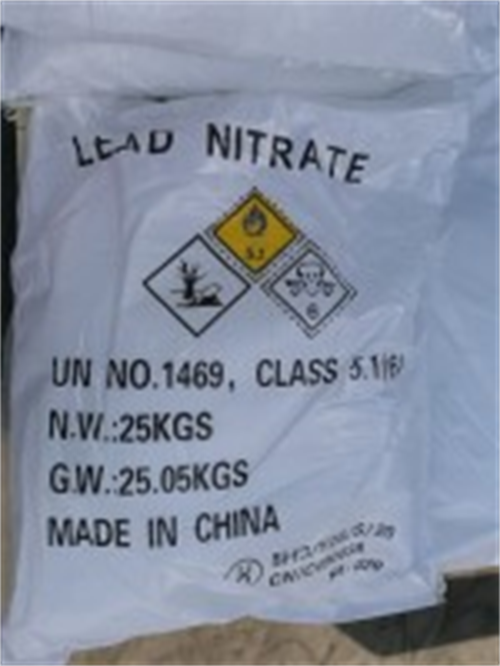



Understanding the Composition and Applications of Lead Oxide in Various Industries
Understanding the Formula for Lead Oxide An Overview
Lead oxide, a compound resulting from the oxidation of lead, is an important material in various industrial and chemical applications. Known for its distinctive properties and significance, lead oxide has been widely utilized in battery manufacturing, glass production, and as a pigment in paintings and coatings. In this article, we will explore the chemical formula of lead oxide, its types, properties, and practical applications.
The Chemical Formula of Lead Oxide
Lead oxide can be represented by two primary chemical formulas, each corresponding to different types of lead oxide PbO and PbO2
.1. Lead(II) Oxide (PbO) This is the most common form of lead oxide, often referred to as litharge or yellow lead oxide. In this compound, lead possesses a +2 oxidation state, and it appears as a yellow or red powder. PbO is significant in the production of lead-acid batteries, as it serves as both a positive and negative electrode material.
2. Lead(IV) Oxide (PbO2) This oxide features lead in a +4 oxidation state and is commonly known as minium or red lead oxide. It typically appears as a dark brown powder and is used in applications requiring a more potent oxidizing agent. PbO2 is critical in the manufacturing of lead-acid batteries' positive plates and is also used in various chemical reactions as a reactant.
Properties of Lead Oxide
Lead oxides exhibit various physical and chemical properties that make them valuable in industrial settings
formula for lead oxide

- Solubility Lead(II) oxide is not soluble in water but can dissolve in acids, while lead(IV) oxide shows limited solubility in acids and is slightly soluble in alkalis. - Melting and Boiling Points PbO has a melting point of approximately 888 degrees Celsius and a boiling point of about 1,600 degrees Celsius. Conversely, PbO2 has a melting point around 290 degrees Celsius. - Density Lead oxide is relatively dense, with PbO having a density of 9.53 g/cm³ and PbO2 at about 9.41 g/cm³. - Color While PbO is typically bright yellow, the color can vary based on the particle size, with larger particles appearing red. PbO2 generally has a dark brown hue.
Applications of Lead Oxide
Lead oxide holds numerous applications across various industries, making it a critical compound for modern technology
- Lead-Acid Batteries The primary use of lead oxide is in the production of lead-acid batteries, which power vehicles, uninterruptible power supplies (UPS), and renewable energy systems. PbO is used in the negative electrode, while PbO2 is utilized in the positive electrode, enabling efficient energy storage. - Glass and Ceramics In the glass industry, lead oxide is used to enhance the refractive index and optical clarity of glass products. It is also essential in the production of crystal glassware and colored glazes in ceramics.
- Pigments and Paints Lead oxide has historically been used as a pigment in paints and coatings due to its vibrant colors. However, due to health concerns associated with lead exposure, its use in consumer products has decreased, leading to the development of safer alternatives.
- Chemical Reactions PbO and PbO2 are important reactants in various chemical processes. PbO2 can act as an oxidizing agent, while PbO is used in organic synthesis reactions.
Conclusion
Lead oxide, represented by the formulas PbO and PbO2, plays a vital role in various industrial applications, particularly in the fields of energy storage, glass production, and pigments. Despite its utility, it is essential to recognize the health risks associated with lead exposure, and industries are increasingly exploring safer alternatives. Understanding the properties, types, and applications of lead oxide will continue to be important as we advance in technology while addressing environmental and health concerns. As we move forward, striving for innovative solutions that utilize lead oxide's rich properties responsibly will be a key challenge for scientists and industry experts alike.
-
Why Sodium Persulfate Is Everywhere NowNewsJul.07,2025
-
Why Polyacrylamide Is in High DemandNewsJul.07,2025
-
Understanding Paint Chemicals and Their ApplicationsNewsJul.07,2025
-
Smart Use Of Mining ChemicalsNewsJul.07,2025
-
Practical Uses of Potassium MonopersulfateNewsJul.07,2025
-
Agrochemicals In Real FarmingNewsJul.07,2025
-
Sodium Chlorite Hot UsesNewsJul.01,2025










